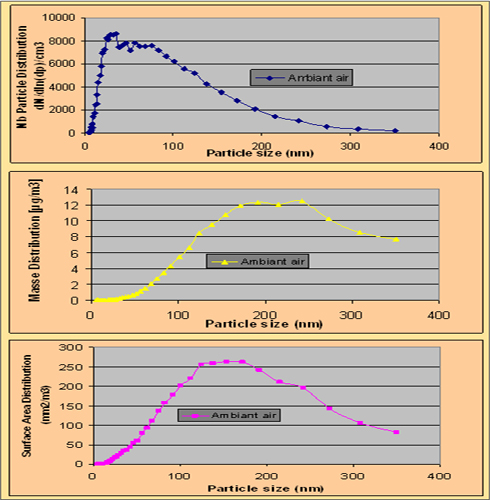
Measure unit choice characterizing dose / effects relation?
At present, there is no definition of Occupational exposure levels in the European and French regulations. In France, limit values are available for different categories of dust. For example in the case of TiO2, the limit value is 10 mg/m-3. But these values are not applicable to nanometrical substances.
The National Institute for Occupational Safety and Health (NIOSH) recommendations offered in 2011, as a function of primary particle granulometry, limit values of 2,4 mg.m-3 for thin TiO2 and 0,3 mg.m-3 for ultrafine TiO2 (weighted values for an 10 hour period per day and 40 hours a week).
The NIOSH is concluded inhalation chronic and sub-chronic rat studies provide the most reliable data regarding a quantitative assessment of the TiO2 risks. But it seems that the rat is more sensitive than human to a pro-inflammatory response of a chronique exposure. Occupational exposure levels based on rat data integrate a safety factor for human.
What is the right unit of measurement?
Distributions in number, surface and mass for each size of particle are compared for the same urban aerosol. Below 100 nm, distributions are quite different. It seems that between 1 and 100 nm, the"surface" or "number“ parameters would be more appropriate to characterize the potentially toxic effects.


